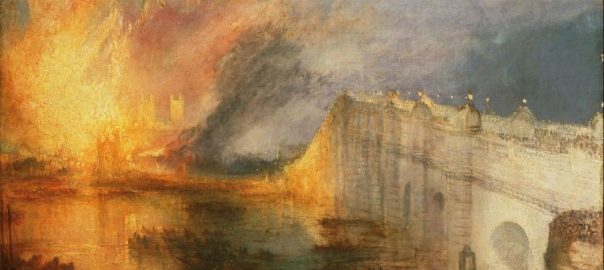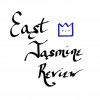Poetry Book Review: “Babbage’s Dream” by Neil Aitken

Babbage’s Dream Book Review
by Julianne Carew, Fiction Editor
The East Jasmine Review
Full of quotations, Bible verses, definitions, and intimate portrayals of the man who can arguably be hailed the founder of the digital age, Babbage’s Dream, written by Neil Aitken, is no ordinary collection of poetry. It is a poetic testament to the interdisciplinary studies of mathematics and humanity, religion and technology, and one man’s revolutionary passion in quantifying a seemingly intangible universe.
In today’s digitized world of instantaneous communication and innumerable social media platforms, it is easy to get lost in the vast coding of data that we have come to know as cyberspace. But before there was Bill Gates and Mark Zuckerberg, there was Charles Babbage, the inventor of the first mechanical computer. It is through the influence of Babbage’s life and work that Aitken draws his poetic inspiration.
Before the collection’s opening poem, “Begin,” Neil Aitken introduces readers to a quote by William Carlos Williams that summarizes his take on the work that follows. “A poem is a large, (or small) machine made out of words.” Beginning with this opening statement, Aitken is already emphasizing a close relationship between artistic expression and technological advances. He is making it clear that throughout his collection of poetry, each word is, in itself, a piece of a greater whole, a small, yet essential part of a literary machine that works to make sense of man’s relationship with that which he has created.
In his poem, “Binary,” Aitken juxtaposes computer code, a combination of zeros and ones, with language, in a successful attempt to display how seemingly random, inconsequential patterns create the blueprint for the computerized world. “0000,” becomes, “Absence stretched to extremity, nothingness in all quarters.” “0001,” becomes, “at the far reaches of a void, a glimmer.” By personifying data code with descriptive human emotions, Aitken bridges the gap between man and machine, art and technological discovery, and gives precedence to the system on whose back the modern world operates.
In addition to drawing parallels between a wide range of topics, Neil Aitken uses a variety of literary techniques to further solidify his idea that art and science, religion and culture, are each mechanisms through which man creates meaning out of the chaos of the universe. In his poem, “Void,” Aitken utilizes an alteration on the cut-up technique, first introduced by the early 1960’s writer, William S. Burroughs.
“Of those machines //the mind of gears, the heart, a spring
by which we produce power//ever-winding, a chorus of marionettes…”
By using two different columns that can be read both independently, and as two pieces of a whole, Aitken reiterates the crucial emotional and physical space technology has overtaken in our modern world.
Due to its broad subject matter and harmonious artistic rhythm, Babbage’s Dream can easily be devoured in one sitting. Much like the spark of genius that propelled the centuries’ subsequent scientific breakthroughs, Aitken’s poems are each a blazing testament to the elasticity of the human mind, the seamlessness through which various fields of study attribute within themselves, and an invaluable reminder that all people, thoughts, and ideas are each a crucial piece, solidifying a never-ending whole.
_________________
Relevant Links
